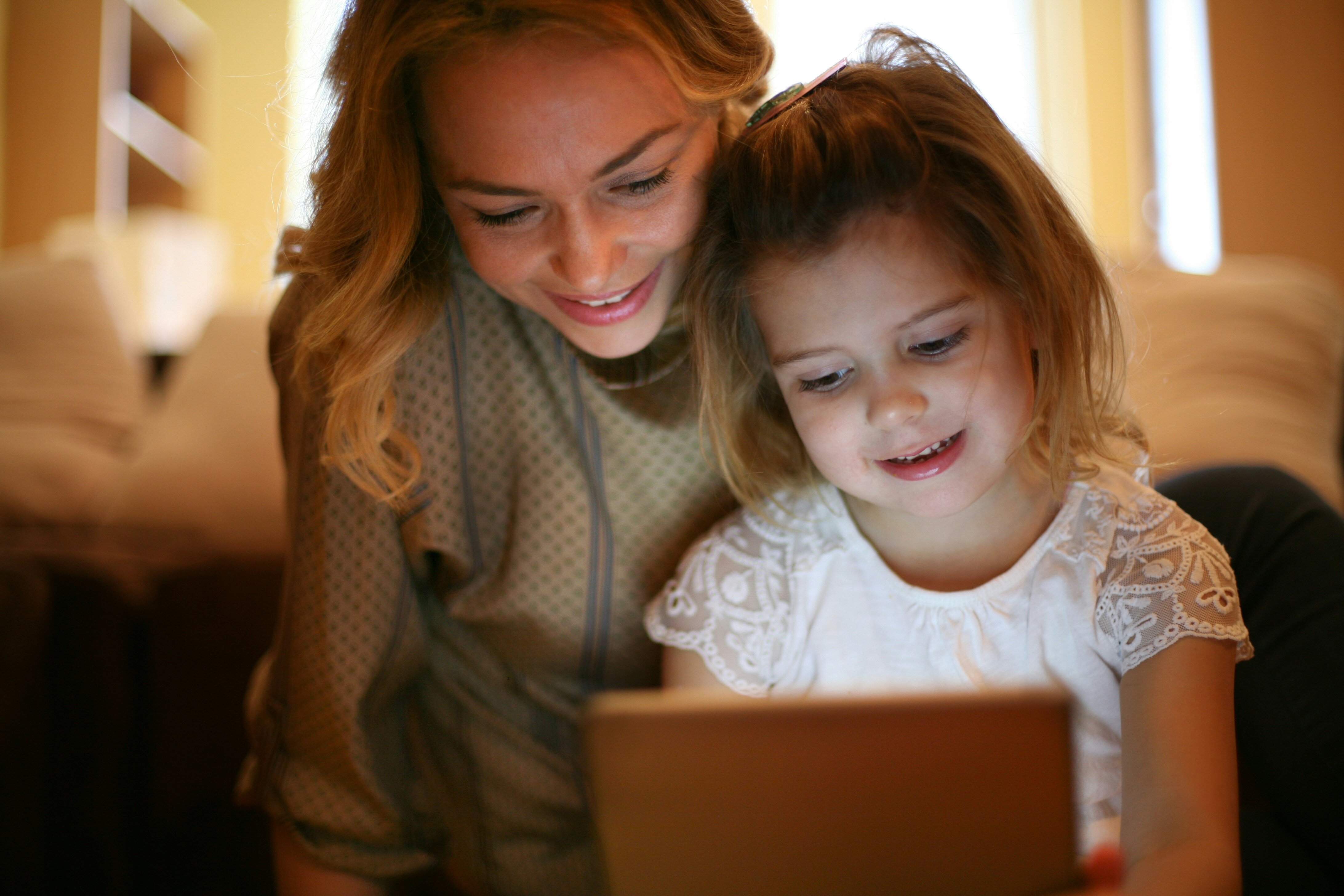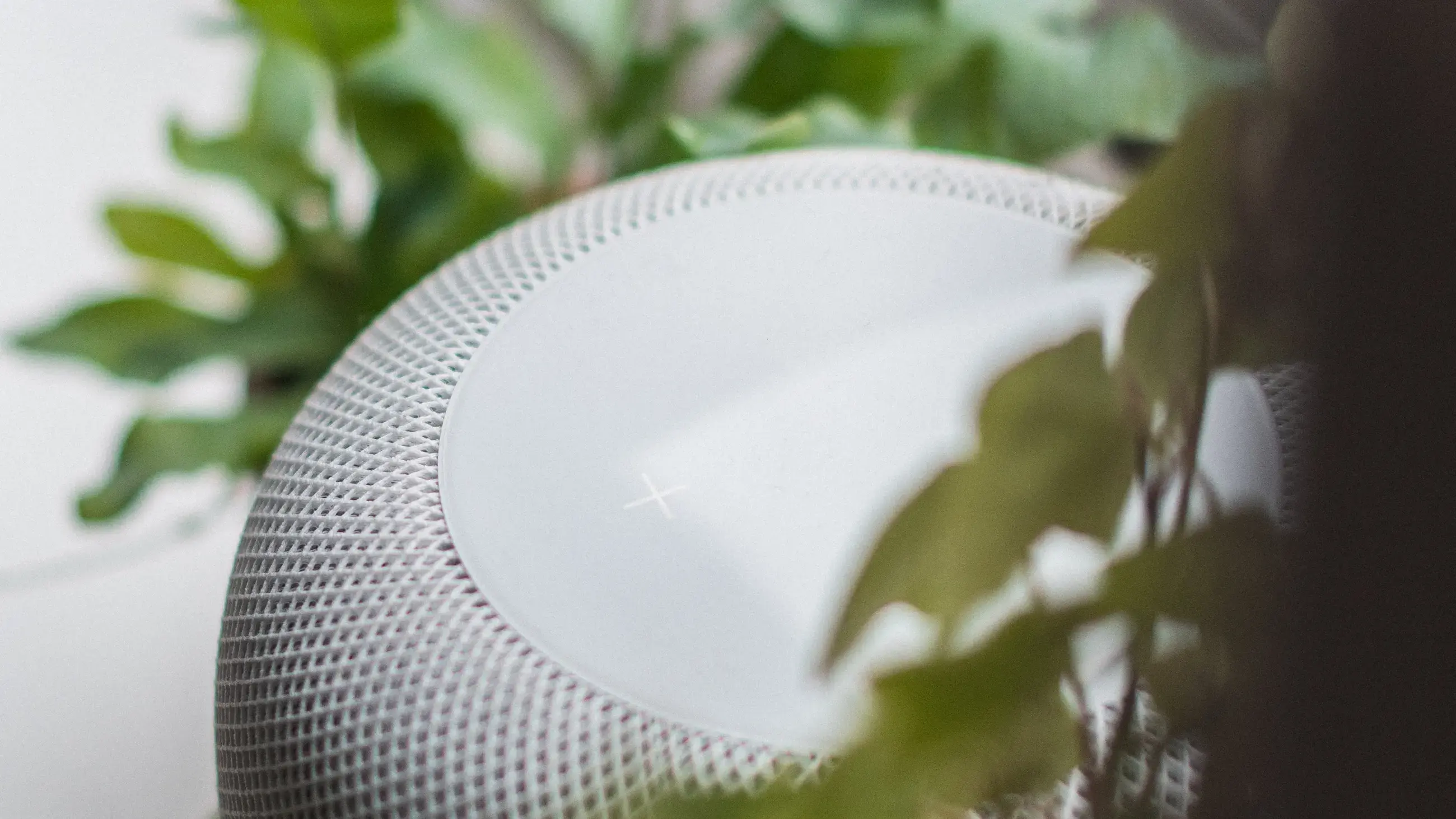CES 2018 showcased a wave of innovative tech innovations that left attendees in awe. From the dominance of virtual assistants in the Connected Home concept to the breakthroughs in digital health and the rise of robots, this year's event was a glimpse into the future. With companies like Amazon, Google, LG, Samsung, and many others pushing the boundaries of technology, CES 2018 truly set the stage for what's to come in the world of consumer electronics. And as we move forward, it's clear that the integration of technology into our daily lives is only going to become more seamless and impactful.
Home Assistants dominate the spotlight
The concept of a Connected Home, with the increased involvement of virtual assistants, was one of the biggest stories of CES 2018. Amazon’s digital assistant, Alexa, which had dominated the trade show in 2017, was still very prominent this year. Controlling about 70% of the US market, Amazon announced that Alexa is now integrated into over 4,000 smart-home devices from 1,200 brands, with over 30,000 voice apps available.
This year, Google came back to make a play for a share of this Amazon-dominated market with its own Assistant, launching no less than four new smart displays to go with it. These are in direct competition with the Alexa-supported Echo Show, Echo Spot, and Echo Dot.
Both companies want to establish their virtual assistant technologies, but also deeply embed their respective platforms across a wide range of consumer electronics. Whether consumers will buy into this type of integration, where voice activated appliances include microwave ovens, mirrors, showers, and even toilets, remains to be seen.
This year virtual assistants also moved outside the home. The idea is that if you use voice-operated assistants you will want them to follow you when you leave your house: into your car or even at work, in office meeting rooms.
Innovative technology for household devices
Furthermore, amidst the anticipation for voice-controlled technology in 2018, CES also showcased impressive advancements in more traditional tech gadgets. LG introduced a 65-inch TV so thin that it can be effortlessly rolled up and stored inside a compact box with the convenience of a remote control. In a similar vein, Samsung unveiled its own massive 146-inch "Wall TV" that offers customizable size and shape options, allowing for parts to be added or removed without compromising the display's quality.
Innovative breakthroughs in Digital health
Tech companies had used CES in previous years to introduce fitness and health gadgets, like step counters and smart watches, leading to Fitbits and Apple Watches. At CES 2018 healthcare was one of the main areas of interest, but the focus had shifted away from exercise to overall health and wellness.
Products introduced catered not only to runners or keen gym goers, but aimed to provide healthcare assistance, reassurance, and independent living to patients, as well as those in the disability community.
Amongst the innovations this year was a fingernail-sized sensor by L’Oreal that helps track sun exposure to prevent skin cancer. A handheld device by Nima that detects traces of peanuts by scanning food for those with nut allergies. A robotic glove from NeoMano, which helps people suffering from paralysis due to a spinal cord injury perform everyday tasks using their hands. Smart socks designed by Siren, utilising temperature sensors to detect inflammation in real time for diabetics. And a robot duck from Aflac, designed to provide emotional support for children with cancer. Both the Siren socks and the Aflac duck even winning awards in the overall category of ‘Best of Innovations’ at the conference.
Read more about Digital Health at CES
Harnessing the power of smartphones
Smartphones also continued to play a part in health monitoring and reporting, especially in the wake of recent surveys indicating that cancer patients in particular can enjoy longer life expectations by tracking their healthcare treatment on a computer. Looking at specific apps for smartphone users, the most popular ones under the “Health & Fitness” category still revolve around fitness and exercise, but there is presence of health-focused ones amongst them.
Currently, heart monitoring and diet apps for those with specific health conditions (e.g. gluten intolerance) feature in the most downloaded apps with a potential to grow further: a recent survey by Bryter shows that at least two thirds of people find the idea of an app for people with chronic diseases to be appealing (66% of those with arthritis or diabetes and 71% of those with a heart condition).
Healthcare was also the theme of this year’s Next Big Thing panel at CES 2018, marking a change from previous years where innovative items were usually targeted at younger, early-adopter-type consumers. But with an aging population, health tech is quickly emerging as a lucrative area for tech companies to cater to.
All about the robots
It’s 2018 and the future might have finally arrived. That is, judging by the presence of robots at CES 2018. Robots did everything at this year’s tech trade show: they were there to vacuum, fold your clothes and put away your dishes, they played ping-pong with you, and they even fought each other for your entertainment, if you were so inclined.
Improvements on previous home assistance models now meant that robots could map out your house, take commands by recognising your face and voice, and follow you around even going up and down stairs. But it wasn’t all business for the robots of CES. Entertainment and gaming were big aspects of several robot models that were showcased.
Apart from Forpheus, the tutor and playing partner that will improve your ping-pong game, we also saw improved versions of older concepts, such as Aibo, Sony’s brand new robot pet dog. A version of Aibo first went on sale back in 1999, but the latest model now uses 4,000 parts to act lifelike and can identify family members and move freely around your home.
MekaMon presented a fast, four-legged robot created for gaming. This fighting robot uses an augmented-reality smartphone app for Mek versus Mek battles, and can even compete against virtual partners.

Gaming Innovations
These robots made up a very small part of a very expansive gaming category, however. In addition to a number of gaming laptops and consoles launched (including the only gaming winner of CESs ‘Best of Innovations’ award, Trident 3 Arctic, deemed to be the world’s smallest true gaming PC) focus was on playing “big” on giant screens, with various tech companies unveiling giant displays at the CES event.
In conclusion, the new wave of innovations showcased at CES 2018 is undeniably impressive, with virtual assistants, household gadgets, digital health breakthroughs, and robots taking center stage. However, the real question remains: will these innovations become an integral part of our daily lives or will they simply remain as extravagant and rare additions? As we navigate this evolving landscape of technology, only time will tell how these advancements will fit into the lives of people and whether they will become the new standard or just fleeting novelties. The future holds the answer as we embrace the integration of technology into our everyday routines with a sense of excitement and curiosity.
Internet of Things
Read about how market research can play a role in the development of internet of things and smart technology in this article by Bryter, or get in touch via the form below




